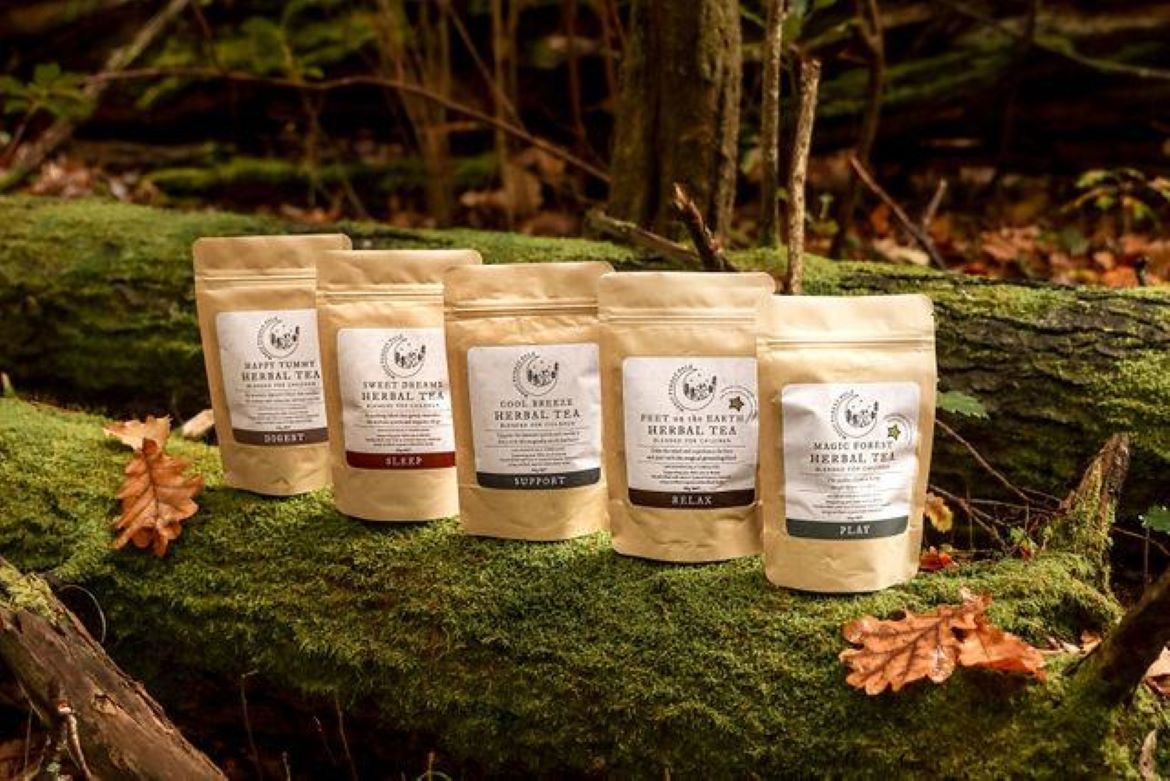By Katherine Knott, Magic Forest Folk
I frequently say to people in clinic that two of the easiest as well as hardest ways to boost your immune system are to make dietary and lifestyle changes – we are what we eat and how we live. In these times, it’s easy to feel overwhelmed and unsure as to how best to support your health and the health of your family, so l have come up with a list that l implement with my family and l recommend in clinic.
The food we eat is one of the most powerful tools we have to help prevent disease as well as build immune resilience (getting sick and recovering quickly). Your immune system protects your body by defending against viruses and bacteria which can cause inflammation in the body, resulting in illness and disease. A healthy body certainly begins with a healthy immune system.
There are many ways to heal, nourish and boost your immune system. ALL fruit and vegetables support a healthy digestive and immune system; however some are more immune supportive than others.
EAT THE RAINBOW
When we get infections, it’s NOT actually the virus/bacteria, etc., that makes us feel sick. It’s our own immune response with increased free radicals and oxidative stress that make us feel so awful. Each different colour of food provides different antioxidant power to mop up those free radicals and help us feel better faster – so be sure to eat a rainbow every day. If your kids aren’t the biggest vegetable eaters yet, give them their antioxidant dose with a smoothie packed with fruits AND veggies, use that smoothie to make jelly with grass-fed gelatine or icy poles, sneak grated or pureed vegetables into your spaghetti sauce, soups or whatever other way you can think of – be creative!
DROP THE SUGAR
Within 30 minutes of eating simple sugars (like glucose, refined sugar, and fructose), the ability of your white blood cells (called macrophages) to “eat up” viruses and bacteria that are trying to invade DECREASES by 50%! And that effect lasts for at least 5 hours. Keeping blood sugar levels healthy has been shown to improve immune system activity.

ANTIVIRAL FOODS DAILY
These include coconut oil, raw garlic, thyme, oregano, ginger, cinnamon, turmeric, kimchi and other fermented foods, walnut, pomegranate, green tea, apple cider vinegar, and medicinal mushrooms (shiitake, maitake, reishi, cordyceps, turkey tail). Increase bone broth consumption as it will support digestion, with over 70% of our immune system based in our digestive system in the form of GALT (gut associated lymphoid tissue). It contains the amino acids arginine (essential for immune system and liver function), glutamine (which helps with metabolism), and glycine (which aids in glutathione production and also quality of sleep).
Bone marrow that liquefies over time as your soup simmers is especially beneficial to the immune system. This marrow will contain lipids, especially alkylglycerols, which are vital for the production of white blood cells.
EXERCISE
Moderate exercise can boost the production of macrophages, the kind of white blood cells that “eat” bacteria and viruses. However, intense exercise can actually temporarily decrease immune function and increase oxidative stress – so don’t overdo it!
SLEEP
An increase in sleep actually increases not only the number of white blood cells but also their ability to fight viral infections more efficiently. On the other hand, loss of sleep even for a few hours at night, increases inflammation within the body, which makes us more susceptible to catching infections and having more severe symptoms. So prioritise sleep.
l’m a big advocate of blue blockers (my favourite brand is baxter blue, my entire family has a pair). These are great for those of us who look at screens after the sun sets. You see, the amount of light that comes from the screen is about the equivalent of the midday sun so it sends the message to the body to stop production of melatonin- the sleep hormone which helps regulate the body’s internal clock, signalling that it is time to go to sleep. This means that looking at screens can make it harder to get to sleep. SO if you are watching a screen after the sun sets, be sure to get you and your loved ones a pair to help with sleep.
MANAGE STRESS
Goodness knows for many of us our stress levels are CRAZY high. Learning how to manage our stress in a healthy way is one of the most important ways we can strengthen our immune system and build emotional and cellular resilience as high levels of cortisol will suppress our immune system. Our immune system doesn’t know the difference between physical or emotional stress – they both create inflammation. Psychological stress is associated with a decrease in the ability of our white blood cells to kill germs.
My favourite way to help reduce stress is by working with the vagus nerve. There are many benefits of deep belly breathing and I bang on about this miraculous nerve to anyone that will listen.
Babies belly breathe naturally. But somewhere along the way, we started to “suck in our gut” and breathe with our shoulders and forgot this simple tool to activate our parasympathetic (rest and digest) nervous system and step out of sympathetic (fight/ flight/freeze) dominance. In this moment check in to see how you are breathing – are your shoulders moving up and down with every breath, or are they staying still and allowing your belly to fully expand with nourishing breath?
Practice together – it’s a great way to start your day, and an awesome way to end your day as you snuggle and drift off to sleep.
Belly breathing is easy to do and very relaxing. Try this basic exercise anytime you need to relax or relieve stress.
Sit or lie flat in a comfortable position.
Put one hand on your belly just below your ribs and the other hand on your chest. Take a deep breath in through your nose, and let your belly push your hand out. Your chest should not move.
Breathe out through pursed lips as if you were whistling. Feel the hand on your belly go in and use it to push all the air out.
Do this breathing 3 to 10 times. Take your time with each breath. Notice how you feel at the end of the exercise.











